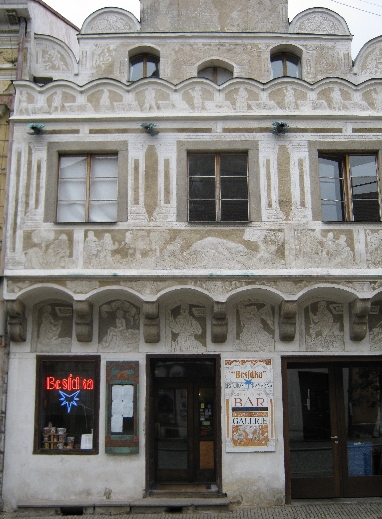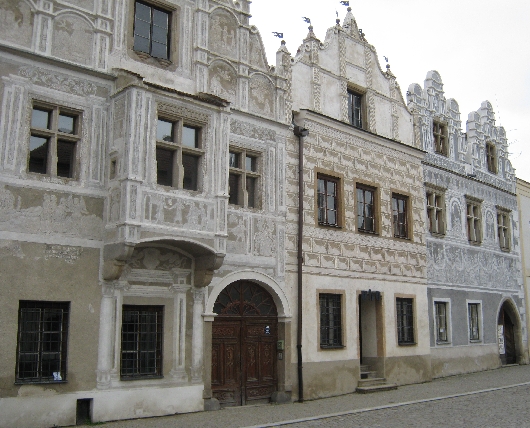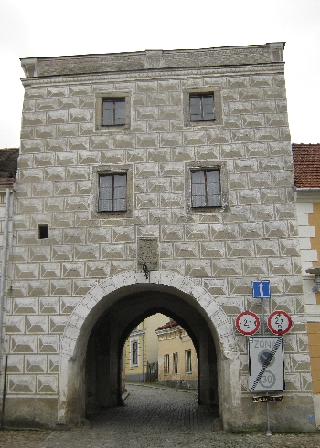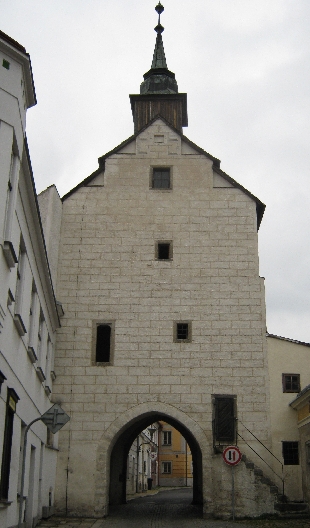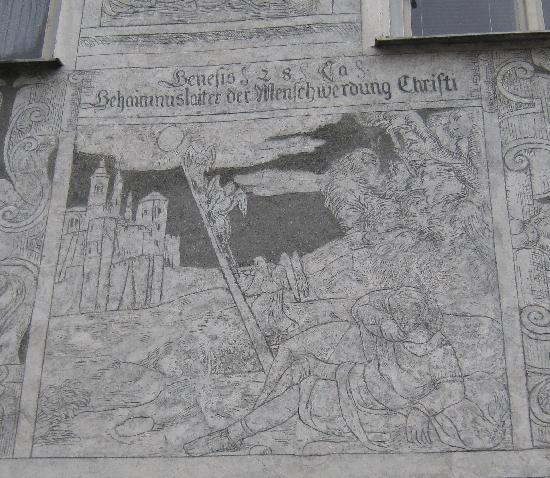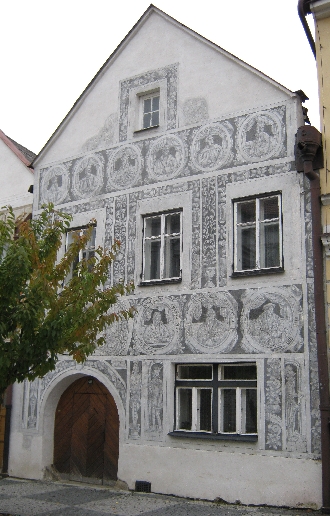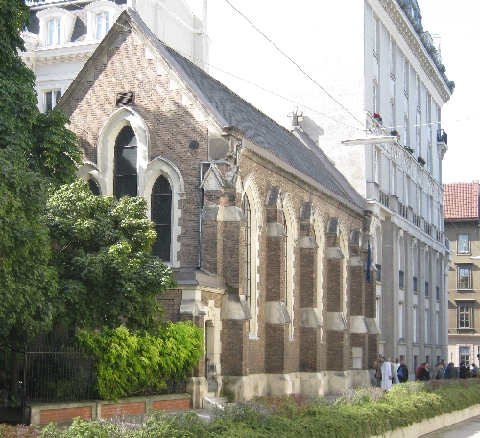
On the evening of Sunday 30th March, I had the privilege of attending and participating in the ordination as priest, of my friend and ministerial colleague, John Barker. The ordination service took place at Christ Church, Vienna and meant that for the first time in my life, I was part of two services, on the same Sunday, in two different countries.
John was originally a licensed Reader in the Diocese of Durham and since his work for the European Commission brought him to continental Europe, he has helped in the Anglican Chaplaincies of Warsaw and Bucharest. I first met John in September 2008, at the Eastern Archdeaconry Synod meeting in Corfu which I attended, a week before moving from Oxfordshire to Prague. At that point, John had just moved from Bucharest to Skopje in Macedonia.
After establishing and leading the Anglican congregation in the Macedonian capital, last year John’s work took him to Yerevan, the capital of Armenia. At the same time, he successfully completed further studies and was ordained deacon in the summer of 2013. In Yerevan, John has re-established an Anglican congregation there after a gap of ten years. Officially, he is the assistant curate of his and my Archdeacon Patrick Curran, the Chaplain of Christ Church Vienna. Therefore when plans for his ordination as priest in Yerevan ran into technical difficulties, the service was quickly and appropriately, moved to Vienna.
I only heard that the ordination service was happening, a week before the event. The official announcement wasn’t issued until twenty-four hours later! But knowing John and the fact that it would be very difficult for many other ordained Anglican priests to be present, I thought the least I could do was to try and see if I could attend.
Therefore on Sunday 30th March, I celebrated our regular 11.00 Eucharist in Prague as normal. Surprisingly, despite being the annoying Sunday when the clocks go forward by one hour, we had the largest congregation so far in 2014. But after a quick post-Eucharistic cup of coffee, I jumped into the car in order to drive to Vienna.
According to my internet research, the journey from central Prague to central Vienna, should take around four hours, providing there are no hold-ups en-route. In fact, the only mishap I had on my journey was finding myself on my first stretch of Austrian autobahn without a vignette. A quick detour into the first service area corrected this error, before falling foul of the österreichische Polizei 🙂
Leaving central Prague at 13.15, I reached central Vienna at about 17.00. But that is where I failed to pull off the autobahn at the correct intersection. I therefore spent the next forty-five minutes, weaving my way back through suburban Vienna, to 17-19 Jaurèsgasse, where Christ Church is located. Fortunately, with the service beginning at 18.00, I still made it with fifteen minutes to spare.
The ordaining bishop was David Hamid, the Suffragan Bishop of the Diocese in Europe. However, one of the great joys when someone is ordained priest, is that fellow priests are also invited to join in laying hands on the candidate, along with the bishop. I’m fairly sure that this was only the third time I’ve been privileged to do this, since my own ordination as priest nearly twenty-four years ago.
A reception held in the nearby Church Centre followed the service giving me the opportunity to speak in person with both my Archdeacon and Suffragan Bishop. Given the far flung nature of the Diocese in Europe, this is something that rarely happens more than once or twice a year!
It was inevitably a long and tiring day but I’m very glad I made the effort to travel and get to Vienna for the ordination service. And in the not too distant future, I do also hope to make the far longer journey to visit Yerevan and see John in action.












